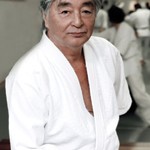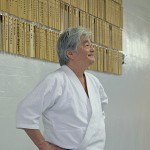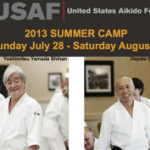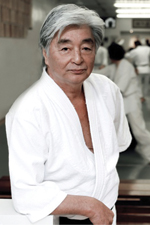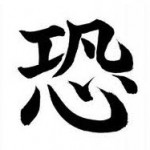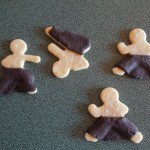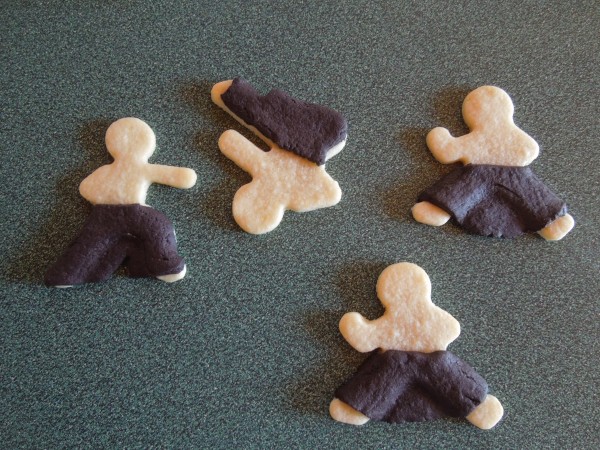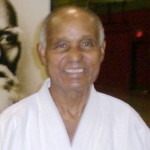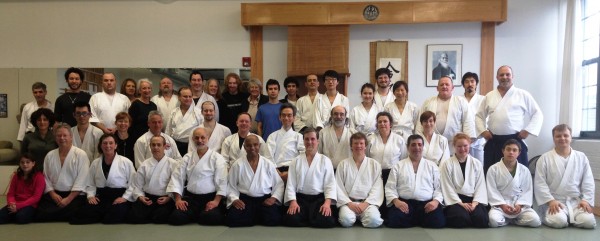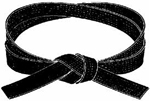The year of 2014 is going to be a big and meaningful year for me. It will be the half-century anniversary of my time in the United States and of the NY Aikikai. I know that neither you nor I want to miss such a great opportunity to have a big party and celebrate together.
I had a few ideas to make this celebration an enjoyable one for everyone.
One idea was to use summer camp for the time and location of the celebration, but unfortunately, that will not work out. It will be impossible to accommodate the many people who might come from all over the world.
My second idea was to have a big seminar in New York City. It seemed like a good idea at the beginning, until we found out that there were no big spaces that could handle such a big crowd and provide us with the services we would need, like changing rooms and showers. There were also safety issues and regulations that both public and private places would impose on us and make the number of people who could participate very limited. I would not want to have many people shut out because of such restrictions. I’m very upset about these circumstances but we really have no choice.
So here is my solution: In 2014, I will still conduct my yearly major seminars so I can see you all. Whenever and wherever you see me, just give me a big hug and warm words.
Anyway, we will have a drinking party at the NY Aikikai sometime in June of 2014 and you will all be welcome to attend. I’ll let you know the exact date later in this year.
Thank you for your understanding, your concern and your wish to help me celebrate.
Y. Yamada
